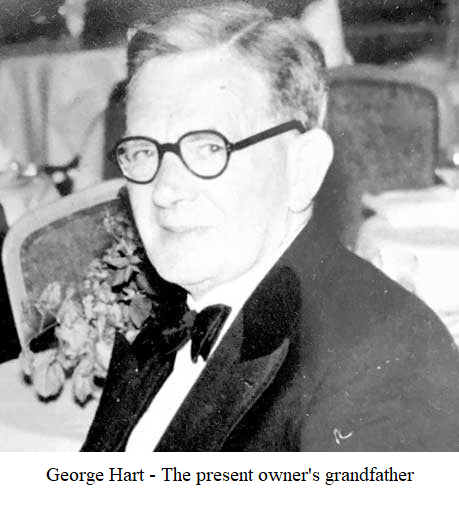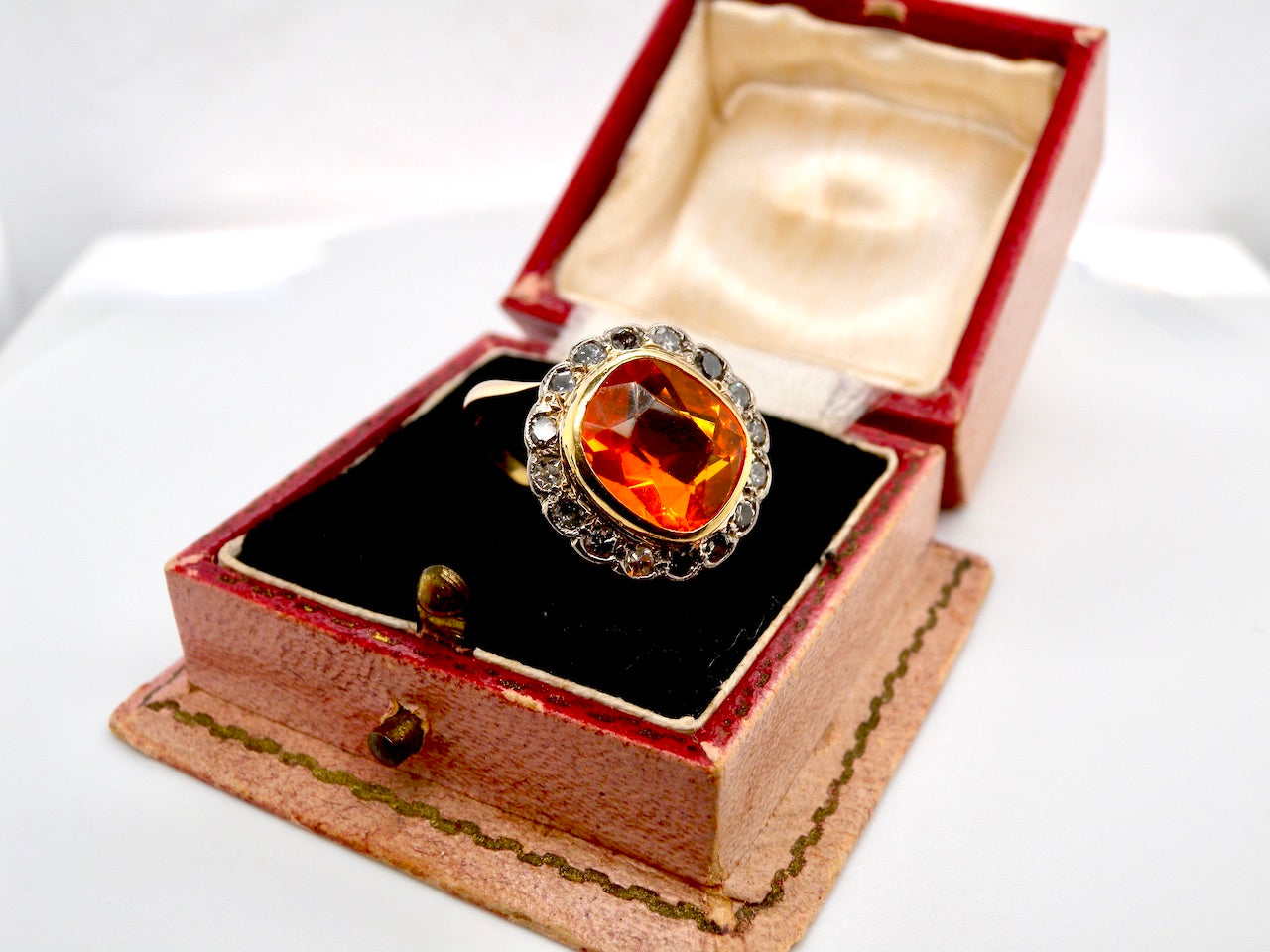Vintage lockets are more than just pieces of jewellery. They hold secrets, memories, and stories of their wearers. From their humble beginnings as simple containers for pictures or locks of hair, to the elaborate designs and craftsmanship of the Victorian era, vintage lockets have a rich history. In this article, we'll take a closer look at the evolution of lockets and their place in history.
Table of Contents
- Introduction
- Early Lockets: Simple and Functional
- Renaissance Lockets: Symbols of Love and Remembrance
- Georgian Lockets: Miniature Artworks
- Victorian Lockets: Sentimental Symbols of Mourning and Romance
- Art Nouveau Lockets: Nature and Sensuality
- Art Deco Lockets: Modernity and Glamour
- World War II and Lockets: Keeping Loved Ones Close
- Contemporary Lockets: A Revival of Sentimental Jewellery
- Care and Maintenance of Vintage Lockets
- Collecting Vintage Lockets
- Famous Vintage Lockets
- Conclusion
- FAQs
- Introduction
Lockets are one of the oldest forms of jewellery. They are small containers that hold something close to the heart, whether it be a photo, a lock of hair, or a sentimental object. Vintage lockets are particularly special because they have a history and a story to tell. They were worn by women and men throughout the centuries, and they reflect the design, fashion, and cultural trends of their time.
2. Early Lockets: Simple and Functional
The first lockets known dates back to the 16th century and they were worn by both men and women. They were small and usually made of gold or silver. The earliest lockets were simple and functional, designed to hold a miniature portrait, a piece of hair or something of importance to the wearer. They were often worn on a chain or ribbon around the neck and were considered a symbol of devotion and remembrance.

By The Portable Antiquities Scheme/ The Trustees of the British Museum, CC BY-SA 2.0, Link
3. Renaissance Lockets: Known as Symbols of Love and Remembrance
During the Renaissance period, lockets became more elaborate and decorative. They were often given as gifts to express love, friendship, or gratitude. Renaissance lockets were usually oval or round in shape and featured intricate engravings, symbols, or inscriptions. Some lockets were designed to hold miniature paintings or prints, which were highly prized and sought after.
4. Georgian Lockets: Miniature Artworks
In the 18th century, during the Georgian period lockets became miniature artworks. Georgian lockets were highly detailed and often featured miniature paintings or portraits, which were painted on ivory or enamel. They could also be decorated with pearls and precious gems and their settings were often made of gold or silver. The lockets were worn by both men and women and were considered a sign of wealth and status.
5. Victorian Lockets: Sentimental Symbols of Mourning and Romance
The Victorian era saw the rise of sentimental jewellery, and lockets became an essential part of mourning and romantic rituals. Often given as gifts Victorian lockets were given to express love, friendship, or sympathy. They were also used to commemorate the death of a loved one, and were often inscribed with the name, date of birth, and date of death of the deceased. Victorian lockets were usually made of gold or silver, and were often adorned with diamonds, pearls, or other gemstones.
6. Art Nouveau Lockets: Known For Nature and Sensuality
In the late 19th and early 20th centuries, the Art Nouveau movement inspired a new style of lockets. Art Nouveau lockets were characterized by nature-inspired motifs with flowing lines and organic shapes. They often featured flowers, leaves, and curving vines. Art Nouveau lockets emphasized the female form with flowing curves and embraced sensuality and femininity
7. Art Deco Lockets: Modernity and Glamour
The Art Deco era brought a new sense of style, modernity and glamour to lockets. Art Deco lockets featured bold lines and geometric shapes. To create them they often used brightly coloured enamel or precious stones such as diamonds, rubies, or emeralds. Art Deco lockets were popular in the 1920s and 1930s and reflected the spirit of the Jazz Age.
8. World War II and Lockets: Keeping Loved Ones Close
As time progressed and war arrived the meaning of lockets changed once more. During World War II, lockets took on a new meaning. Soldiers would often carry lockets with pictures of their loved ones to keep them close during the war. Many lockets were also given as gifts to soldiers by their families, girlfriends, or wives. Lockets became a symbol of love, hope, and support during a time of great uncertainty and fear.
9. Contemporary Lockets: A Revival of Sentimental Jewellery
In recent years, there has been a revival of interest in vintage lockets and sentimental jewellery. Contemporary lockets often combine traditional designs with modern materials and techniques. They are still used to hold pictures, locks of hair, or other sentimental objects, but they are also valued for their beauty and craftsmanship. Contemporary lockets can be found in a variety of styles, from classic to modern, and are often personalized with engravings or inscriptions.
10. Care and Maintenance of Vintage Lockets
Vintage lockets may require special care and maintenance to keep them looking their best. They should be stored in a cool, dry place away from direct sunlight and heat. They should also be cleaned regularly with a soft, damp cloth to remove dirt and oils. If a locket has gemstones or pearls, it should be taken to a jeweller for professional cleaning and maintenance.
11. Collecting Vintage Lockets
With the huge range of Vintage lockets from across the ages, collecting vintage lockets can be a rewarding and enjoyable hobby. Vintage lockets can be found in antique stores, estate sales, and online auctions. When collecting vintage lockets, it's important to look for pieces that are in good condition and have a unique design or historical significance. It's also important to research the history and provenance of a locket before purchasing it to ensure that it is authentic.
12. Famous Vintage Lockets
Throughout history, there have been many famous vintage lockets that have captured the public's imagination. Some of the most famous vintage lockets include Queen Victoria's mourning locket.

Also the Faberge Imperial Easter Eggs, which often contained hidden lockets or miniature portraits.
- Conclusion
Vintage lockets have a rich history and have been worn by men and women throughout the centuries. They reflect the design, fashion, and cultural trends of their time and hold a special place in the hearts of those who wear them. Whether simple and functional or elaborate and decorative, vintage lockets continue to be treasured for their beauty, craftsmanship, and sentimental value.
- FAQs
- What is a vintage locket? A vintage locket is a small container for holding
picture, lock of hair, or other sentimental object. Vintage lockets are typically older than 20-30 years and may have a unique design or historical significance. - What materials were used to make vintage lockets? Vintage lockets were often made of gold, silver, or other precious metals, and could be adorned with gemstones, pearls, enamel, or other decorative elements.
-
How do I tell if a vintage locket is authentic? To determine if a vintage locket is authentic, it's important to research the history and provenance of the piece. Look for hallmarks or maker's marks that indicate the country of origin or the maker of the locket. Authentic vintage lockets will typically have a unique design or craftsmanship that sets them apart from modern reproductions.
-
What should I look for when buying a vintage locket? When buying a vintage locket, look for pieces that are in good condition and have a unique design or historical significance. Consider the quality of the materials and craftsmanship, and look for hallmarks or maker's marks that indicate the country of origin or the maker of the locket. It's also important to research the history and provenance of the piece to ensure that it is authentic.
-
How do I care for and clean a vintage locket? To care for and clean a vintage locket, store it in a cool, dry place away from direct sunlight and heat. Clean it regularly with a soft, damp cloth to remove dirt and oils. If the locket has gemstones or pearls, take it to a jeweler for professional cleaning and maintenance. Avoid using harsh chemicals or abrasive materials that can damage the locket.
You May Also Like: A Brief History Of Vintage Cocktail Rings



